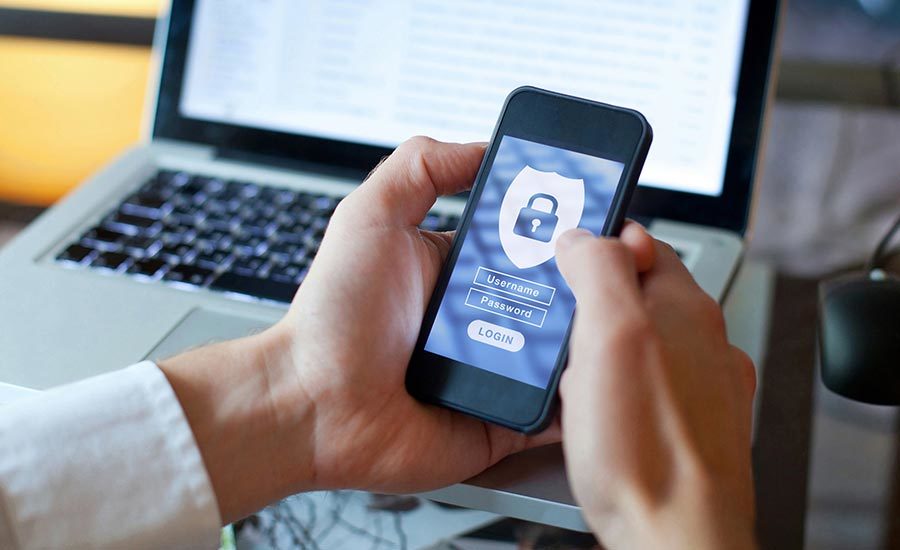
Building a Strong Defense: The Importance of Cybersecurity Training
Cybercriminals know that your people are the weakest link in your security chain. Not because they’d do anything malicious, but because they’re human. Without training, they simply don’t know the risks to look for or what they can do to keep your business safe.
That’s why good cybersecurity awareness training – for everyone in your business – is vital. Here’s where to start.
Find your baseline
There are countless cyberattacks to protect against, so your approach must be systematic. Look at:
- Emails, communications, and file sharing
- Log-in behavior
- Attitudes to policies around data protection and information handling
- General awareness of cyber threats
- and more
Every business is different, so you should create your priorities according to your needs. Observe your employees’ behavior rather than assuming that policies are being followed. That will give you the best idea of where your vulnerabilities lie, which can shape your training sessions.
Assess the risks and prioritize
Prioritize training on the most immediate weaknesses, dealing with any obvious knowledge gaps first. Assess your current systems, your network, and your digital assets. Look also at who has access to what information and why.
Reassess as you go
If you’re dealing with sensitive data, take this opportunity to look at your wider policies alongside your training plan. For example, a zero-trust security policy may be appropriate for you. Make sure that only people who need access to sensitive information can access it – everyone else is locked out. These assessments will help you create a training program tailored to the right people according to their roles and responsibilities.
Create your training plan
Lay out your objectives – the skills and knowledge you need to develop – and the attitudes and behaviors you need to see at work. Then break each objective down into topics or modules. For example, there may be a module on phishing emails and one on data classification.
Sessions can be online or in-house; where possible, training should be interactive and hands-on to help people retain information. Reading a guide or completing a workbook alone is unlikely to help someone understand and retain what they’ve learned.
Begin training
Everyone should understand exactly why training is being introduced, the range of threats the business faces, the desired outcomes, and the benefits to employees and the company. Remember that training should be embedded for everyone in the business, so it should become part of your employee onboarding package, as well as part of the transition process when people change roles.
Put it to the test
When you’ve invested time and money into training, you want to ensure it’s doing its job. Periodic written tests and quizzes are good, but an effective way of finding out if your people can put their training to use is with a simulated phishing attack. There are platforms available to help you do this. Think of it like a fire drill. The key is not to warn your team a test is coming. You don’t want them to be on guard. For those who don’t pass the test, further training may be necessary.
Create new policies
If you don’t already have a cybersecurity policy that sets your expectations, it’s time to create one. Your policy should be detailed but easy to understand. Describe the security controls you have in place and the threats they address. Include who is responsible for maintaining them, how incidents should be reported – and who to – and the consequences of not reporting a potential cybersecurity risk or attack.
Highlight your expectation that your people should use your security measures, follow protocols, and always use best practices. Again, include the repercussions if someone knowingly fails to do so. Include a remote access policy, acceptable internet use policy, and information about managing updates. You may also consider a section on personal devices used for work purposes and how they should remain secured to protect company data.
Most people on your team will take protecting the company and its data seriously. But it’s common to have an individual or two that won’t. Enforcing your cybersecurity policy will ensure everyone recognizes its importance and the serious risks you’re protecting the business against.
Stay updated
Cybersecurity training is never a set-and-forget thing. New scams and security issues arise all the time, so keeping your people aware of the things they should look out for is crucial.
Plan for quarterly or semiannual refresher sessions for everyone, from your apprentices to the people at the very top. This will ensure everyone has the most up-to-date cybersecurity knowledge while also reinforcing the ongoing seriousness of the threat.
Between sessions, keep everyone updated on the latest cybersecurity news. Share news stories of big data breaches and even insights on the security measures you use. You can set up news alerts or take a weekly scan through tech news sites – it’s extremely worthwhile.
Consider working with an expert
Creating your cybersecurity training plan takes time and a fair amount of effort. But, done right, it plugs one of the biggest security holes in any business – human error.
A good IT support expert can help make the whole process run smoothly, from first thoughts to routine refresher training. If you’d like to know more about how we can handle cybersecurity training for your people, get in touch.
Information used in this article was provided by our partners at MSP Marketing Edge.